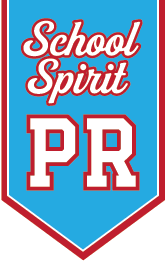In addition to well-crafted talking points, school district leaders can also leverage the power of bridging statements to navigate challenging conversations. Bridging statements act as a bridge, allowing you to redirect the discussion back to your key messages and priorities.
When faced with a difficult question or unexpected situation, a bridging statement might sound like this: “That’s an important issue, and I appreciate you raising it. What I can tell you is that in our district, we are committed to ensuring all students have access to a high-quality education, regardless of their background or circumstances.” This type of response acknowledges the question, reaffirms your district’s values, and steers the conversation in a more productive direction.
The key to effective bridging statements is to have them prepared in advance, just like your talking points. By having these transitional phrases at the ready, you can deftly pivot the discussion to focus on the information you want to convey, rather than getting sidetracked or caught off guard. Mastering the art of bridging allows school leaders to maintain control of the narrative and ensure their message is heard loud and clear.
Here are 10 bridging statements you can use to help you pivot the conversation:
- “It’s imperative that we remember…”
- “What’s important is that…”
- “Let me emphasize that…”
- “Our record demonstrates that…”
- “What we’re focused on is…”
- “That’s the main reason that we’re…”
- “Let me reiterate that…”
- “However…”
- “It’s important to note that…”
- “The Key Issue is…”







